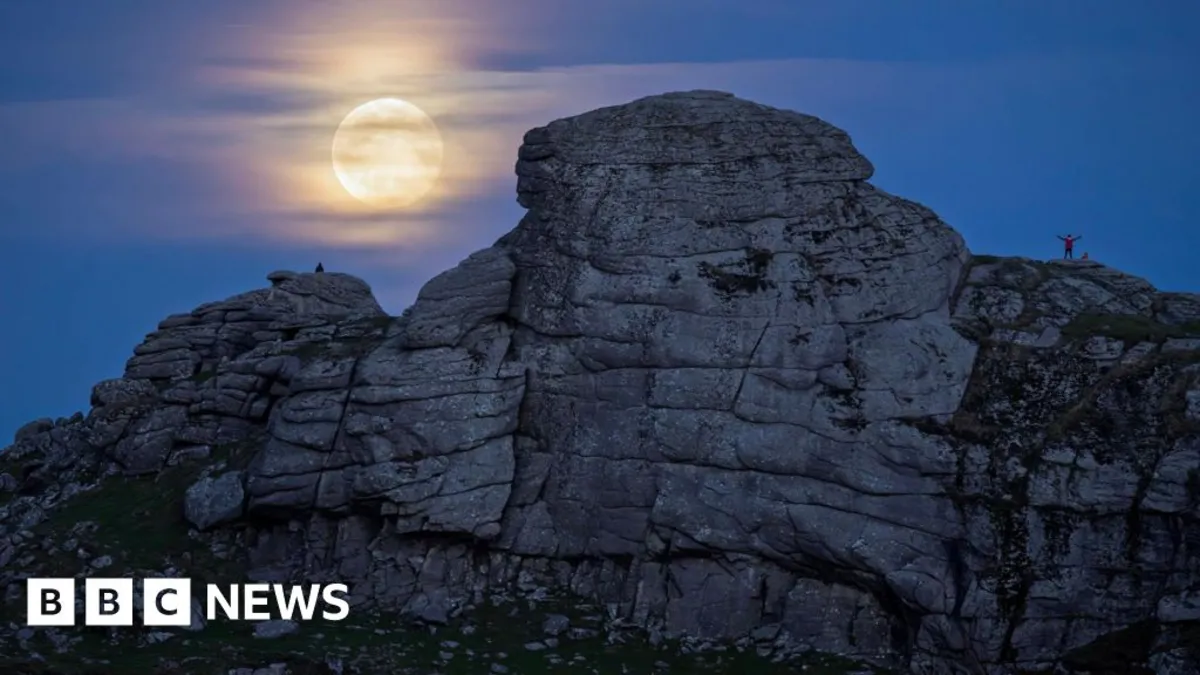
On Tuesday night, sky-watcher Jason Way captured an incredible photograph of a supermoon looming majestically above Dartmoor's Haytor Rocks. This breathtaking image is just one among countless photographs taken by photographers across the globe, all eager to capture the beauty of this celestial event.
A supermoon is a captivating astronomical phenomenon that occurs when the moon is at its closest point to the Earth in its orbit, making it appear significantly brighter and larger than a typical full moon. This natural spectacle creates a striking visual experience in the evening sky, attracting the attention of both casual observers and dedicated astronomers alike. The term "supermoon" was first introduced in 1979 by astrologer Richard Nolle.
This recent supermoon is particularly noteworthy as it marks the first occurrence since November 2024. In addition to its scientific interest, this supermoon is known by several names, including the Hunter's Moon and the Harvest Moon. The designation "Hunter's Moon" is given to the first full moon in October and reflects the historical practices in the northern hemisphere, where this time of year was traditionally used for hunting and preparing for the winter months. People would hunt and preserve meats as they got ready for the colder season.
Furthermore, this supermoon is also referred to as the Harvest Moon due to its timing, as it rises closest to the autumn equinox on September 22. Farmers historically relied on the brightness of the moon to extend their working hours into the evening, allowing them to gather crops effectively during this crucial harvest period.
The recent supermoon, with its rich historical significance and stunning visual appeal, serves as a reminder of the beauty of our universe. Whether you're an avid photographer, a casual sky-watcher, or simply someone who appreciates the wonders of nature, moments like these offer a perfect opportunity to connect with the cosmos and reflect on the traditions that have shaped human culture for centuries.